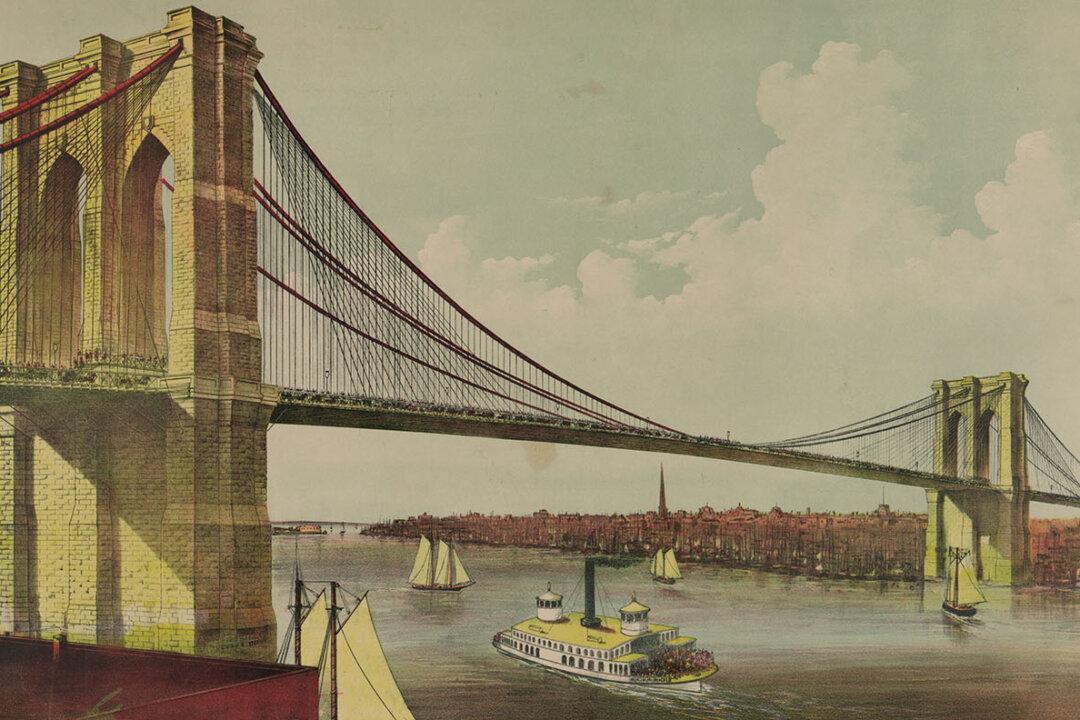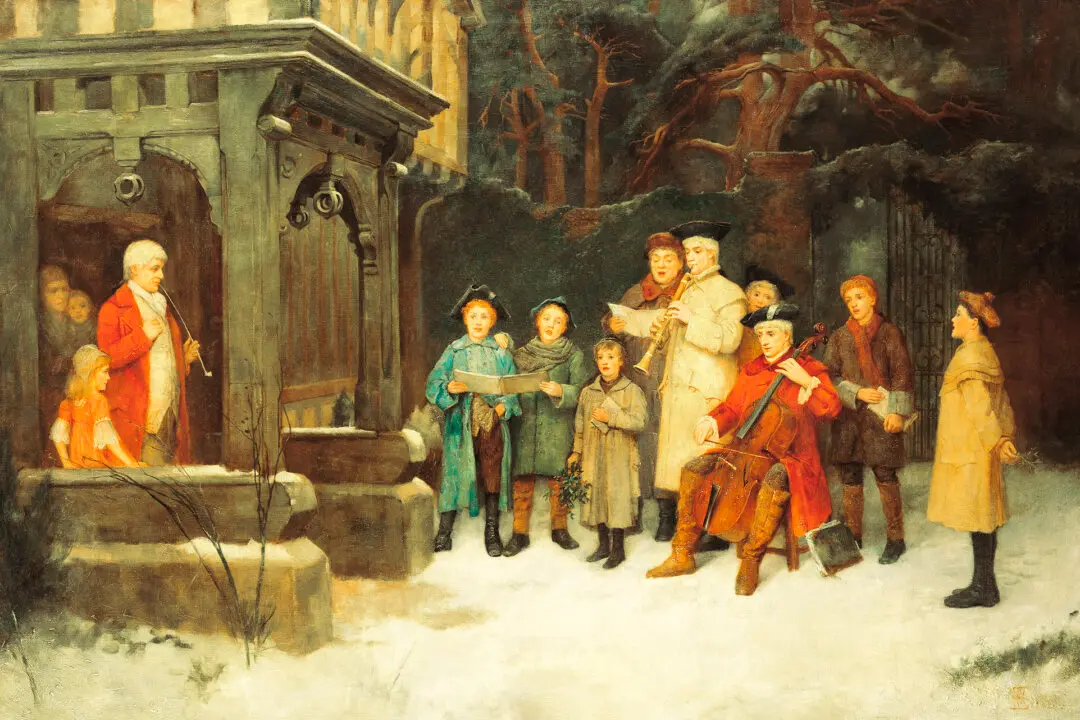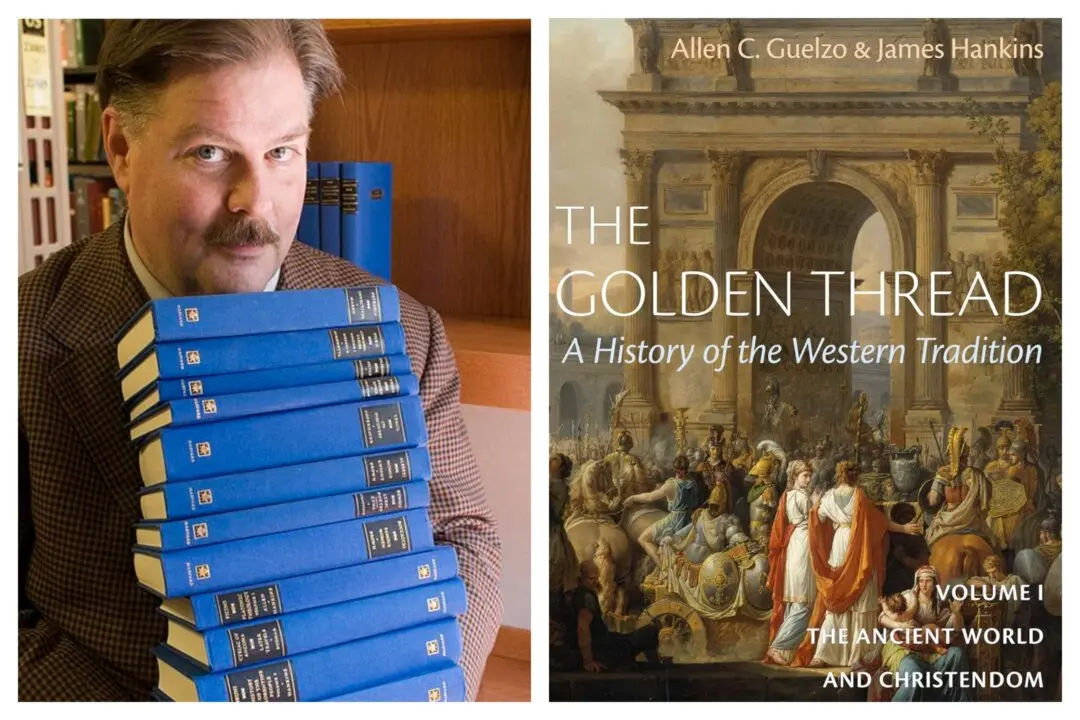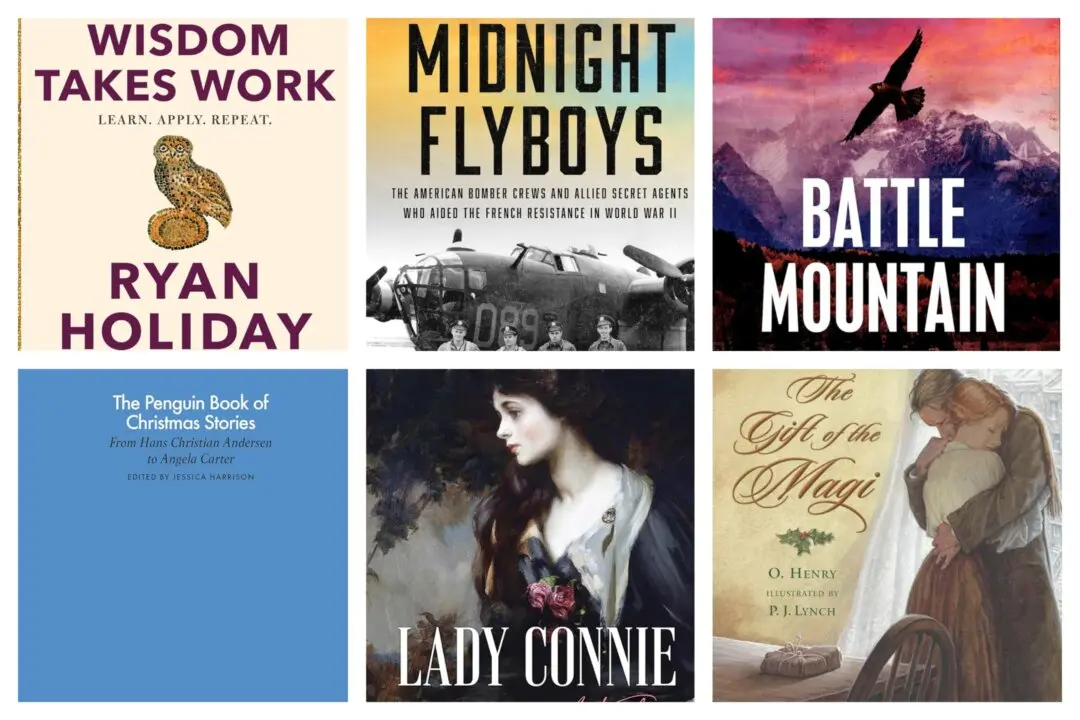In “Recessional: The Death of Free Speech and the Cost of a Free Lunch,” playwright David Mamet attacks the “virus of conformity” that he now sees as rampant in Western culture. As the blurb on the book’s flyleaf states:
“‘Recessional’ is a vital warning that if we don’t confront the cultural thuggery now, the commissars and their dupes will transform the Land of the Free into the dictatorship at which they aim.”
In one of the book’s essays, “Hamlet and Oedipus Meet the Zombies,” Mamet ends with this paragraph:“Outreach, education, diversity, and so on are tools of indoctrination. So, for example, are marine boot camp and the Bar Mitzvah. But art is the connection between inspiration and the soul of the observer. This insistence on art as indoctrination is obscenity, denying and indicting the possibility of human connection to truths superior to human understanding, that is, to the divine.”
Most of this paragraph is straight up in its meaning. In his mention of boot camp and the Jewish coming-of-age rite, for example, Mamet offers examples of reasonable indoctrination, designed in both cases to make men and warriors out of boys. But what did he mean by “soul,” “truths superior to human understanding,” and “the divine”?Here are some thoughts.






